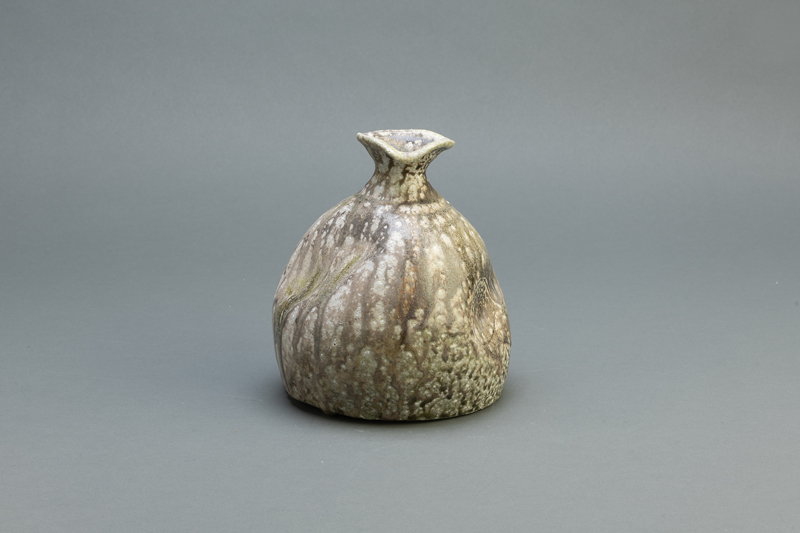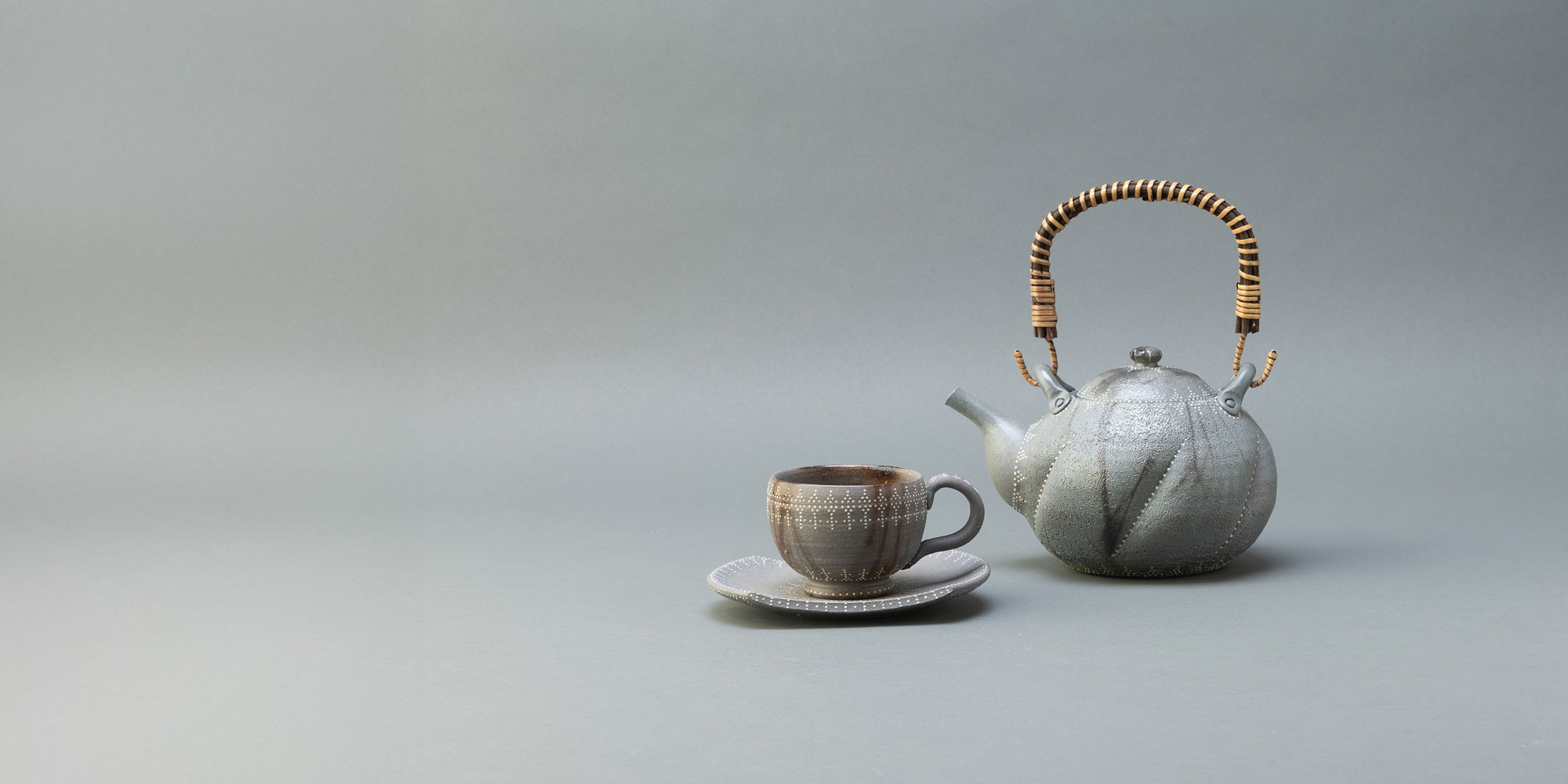
Onishi Gallery Celebrates the Unique Heritage of Bizen Artisanry
A new exhibition at the New York gallery shines a light on the wonders of Bizen ware ceramics
- Text by Charlotte McManus
- Photos Courtesy of Onishi Gallery
As a nation, Japan’s rich heritage of exquisite ceramics is both well established and highly prized. And yet, there are elements of Japan’s pottery-making past that are little-known outside its shores, particularly in the West. One such is Bizen ware, a variety of traditional ceramic characterised by its earthy, red-tinged aesthetic and unusual lack of glaze. Hailing from the ancient Bizen province, now known as Okayama prefecture, it is a craft form that has been practised for almost a thousand years.
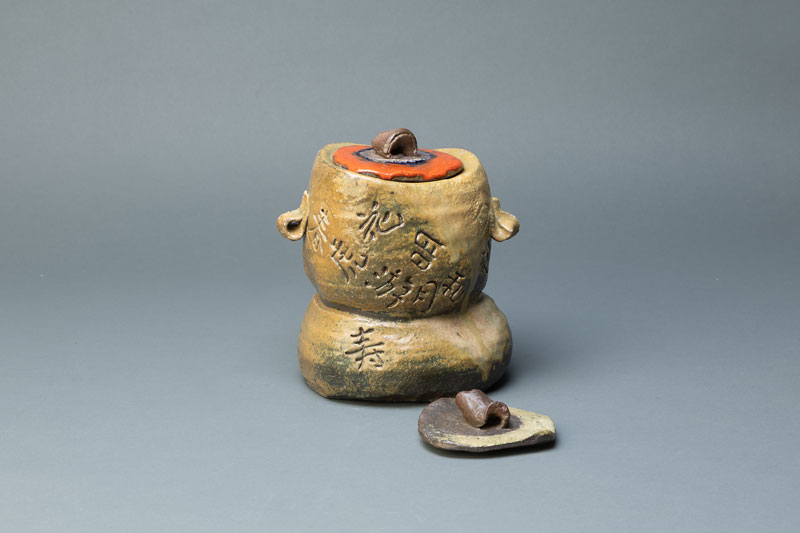
“We don’t often see this type of ceramic outside of Japan, although it has been around for a long, long time,” says Nana Onishi, eponymous founder of the Onishi Gallery in New York. “Bizen ware is one of the Six Ancient Kilns, originating from the Heian period in the sixth century.”

This month, Onishi Gallery is playing host to the highly anticipated exhibition Clay, Iron, and Fire: The Bizen and Setouchi Heritage, which honours the enduring legacy of Bizen’s ceramic artistry through exceptional expressions by contemporary artists. Also on show are locally made creations from nearby Osafune (now Setouchi City), including Mushiake pottery and expertly forged swords.

In line with Onishi Gallery’s modus operandi – showcasing contemporary Japanese art across a range of media – the event showcases the work of approximately 30 artists from Bizen and Setouchi. Names include Isezaki Jun, Kaneshige Kosuke, Abe Anjin, Yoshimoto Tadashi, and Takezaki Noriyasu.
“Not only are we showing Bizen artworks, but also tableware, such as plates, coffee cups and sake cups – in this way, people can enjoy Bizen ware in everyday life,” illustrates Onishi.
The exhibition also forms part of Onishi’s tireless dedication to upholding the timeless beauty of kogei – outstanding Japanese artworks shaped by centuries of tradition, innovation, and skill. Though these artforms are time-honoured by nature, the gallerist is a passionate advocate on the impact of kogei on modern-day design.
“At Onishi Gallery, we mostly focus on traditional Japanese crafts made by contemporary Japanese artists; these practices are ancient, with a deep history of creation and material and method making. Bizen ware is one of these crafts – it hasn’t changed for centuries,” she describes. “Our collectors enjoy bringing the combination of traditional materials with contemporary design into their homes, to incorporate into their modern way of living.”
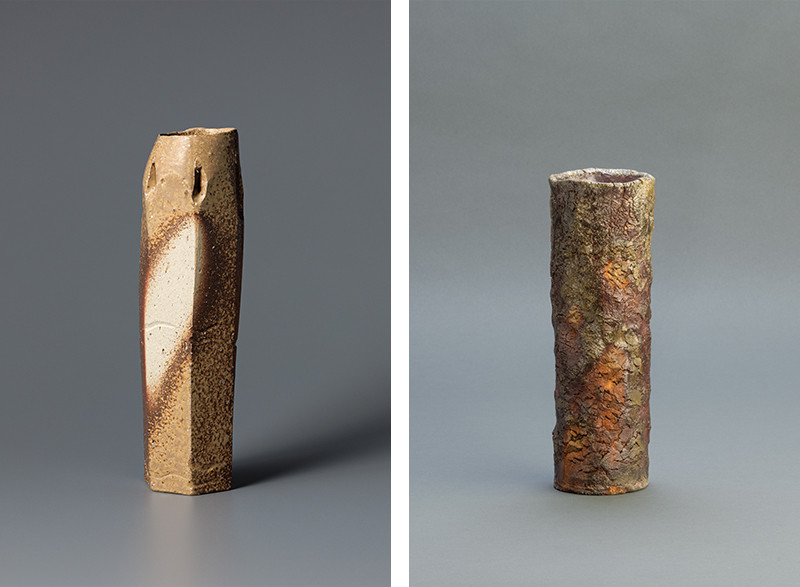
An elemental artform
“The story of Bizen ware began about 900 years ago,” describes Yui Kugimiya, Onishi Gallery’s assistant director. “The clay it is made with is rich in iron, which brings a beautiful red colour to the ceramics. The firing method is also unique, requiring a long period of time at a high temperature in the kiln. This also makes pieces very durable.”

“With other types of ceramics, their colours and patterns are made by glazing,” interjects Onishi. “But as Bizen ware does not use glaze, its characteristics are entirely down to the firing process and the particular type of clay used. This process is called ‘yohen’, which creates patterns from the flames of a traditional wood-fired kiln.”
With so much left to fate with the alchemy of the elements – clay, iron, and fire, as the exhibition name encapsulates – crafting Bizen ware requires a tremendous amount of skill on the part of the creator. But the results speak for themselves – highly expressive surfaces shaped by tactile textures and warm, alluring tones.

Kugimiya agrees, adding, “Bizen patterns are very unpredictable because they are a fusion between clay and fire; this only happens in the kiln. But a true artist understands the yohen – which basically translates as ‘transformation’; a chemical application from the heat, the woodfire, the firing. With the clay, residue becomes the pattern.”
“Also,” she continues, “the clay used in Bizen ware is hugely important; it comes from Bizen itself, which is surrounded by mountains. Bizen artists can’t just go to an art supply store; they must climb a nearby mountain to find the clay they want to work with. This in itself requires a great deal of knowledge – within a single mountain, there will be variations in the clay between the east or the west side, the bottom or the top. All that knowledge must be mastered, alongside shaping the form and learning about factors like temperature, firing duration, and even the shape of the kiln – everything has an effect on the final design. Bizen ware is almost like a science.”
“It’s almost like making an abstract painting because the artists have an idea, but they won’t know the results until after firing,” muses Onishi. “It’s a really fun process; Bizen artists must find so much pleasure in making their creations.”
Stars on show
Amongst the Bizen masterpieces on display at Clay, Iron, and Fire: The Bizen and Setouchi Heritage, highlights include sculptural creations by Kaneshige Kosuke – who boasts a family pottery heritage going back to 15th century Bizen – a delicately blue-hued tea pot, coffee cup, and saucer by Suzuki Miki, and Andō Kiko’s captivating ‘Buddha Head’.
Each work was carefully chosen not only to demonstrate the undeniable beauty of Bizen pottery, but also to celebrate the excitingly diverse ways in which contemporary artists interpret the medium.
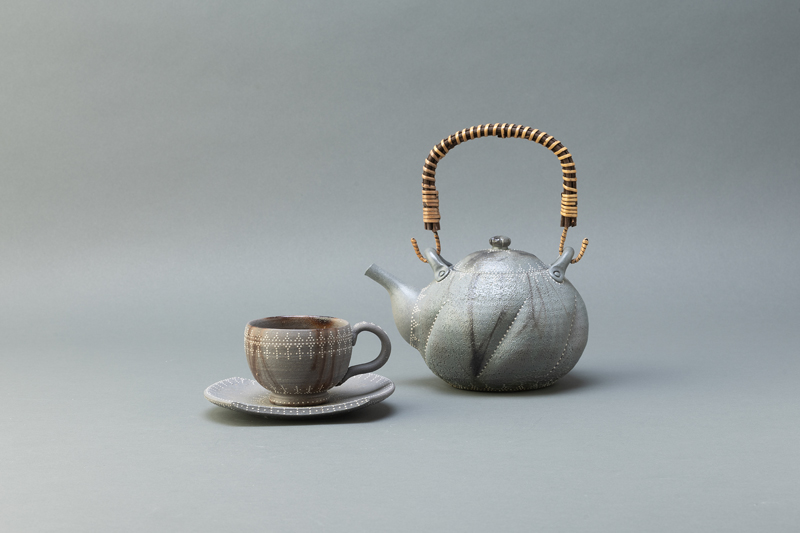
The exhibition also features a number of utensils related to chanoyu (‘tea ceremony’), a nod to Bizen’s long-standing popularity in the tradition.
“Because it is not glazed, unlike Ohi ware and other types of Japanese ceramics, Bizen ware creates beautiful objects to use during the tea ceremony,” says Onishi.

However, the jewel in the exhibition crown is undoubtedly the three standout works by Isezaki Jun, which include the 2024 ‘Square Flower Vessel’ and the 2023 ‘Breathing Clay’. A master of his craft, Jun’s forms highlight the spontaneous splendour of Bizen pottery, often incorporating yakishime techniques that introduce wood ash and burn-products into the kiln during firing to produce breathtaking effects.
“Named a Living National Treasure in Japan in 2004 – the only one in the field of Bizen ware – Isezaki is very famous,” explains Onishi. “The patterns in ‘Breathing Clay’ are made with ashes from firing grass; it’s very beautiful.”

Kugimiya adds, “By putting things like straw or grass in the kiln with the clay, it leaves interesting marks, complemented by a pattern and colour that is significantly ‘Bizen’.”
Clay, Iron, and Fire: The Bizen and Setouchi Heritage officially opens its doors today, having kicked off with a special launch party where guests toasted the occasion with Dassai sake served in small, bespoke Bizen sake cups.

What does Onishi hope that people will gain from attending the exhibition?
“To learn about Bizen ware, but also to feel it for themselves,” she replies. “There are pieces that are very people-friendly, so we will allow visitors to physically hold and touch them to get a better understanding of their beauty.”
Until 10 November, aesthetes can discover further kogei inspiration at Salon Art + Design, where Onishi Gallery is hosting a booth demonstrating the rising allure of kogei in both contemporary Western lifestyle and international art and design.
Inspired for a Beautiful Life
Related Articles

Healing Travel
From meditation to holistic spas, enhance your well-being at these six wellness treatment destinations.


